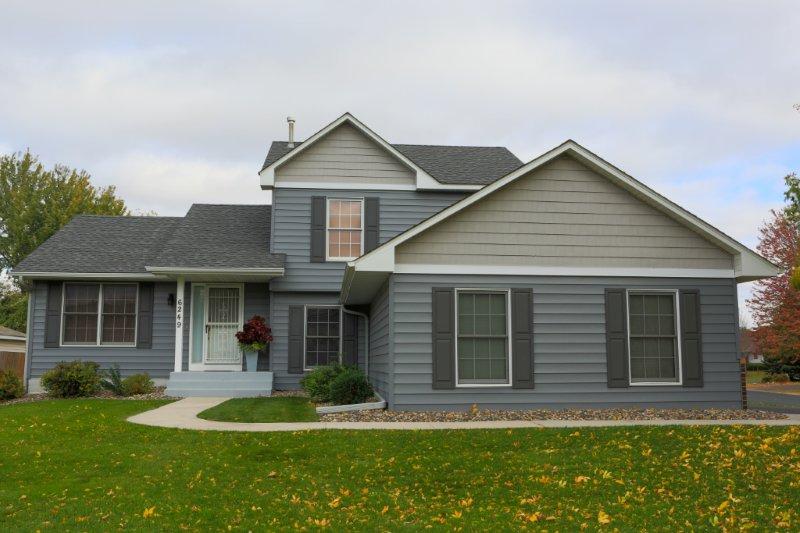The History of Residential Siding

Many homeowners look for a siding material that’s durable, accessible, and requires no maintenance. When we dive into the history of residential siding, we see how far our options have come. From handmade bricks to flimsy aluminum, siding has certainly transformed from a simpler time. Continue reading our blog and check out the history of residential siding and which options are best.
The Beginning of Stone and Wood Exteriors
Modern stone siding began to make its appearance in the late 1800s. As this trend caught on, it paved a path towards technological advances and the utilization of thin stone veneer. This trend took hold of the period because of its durability and accessibility.
About 100 years later, wood exteriors became popular in the early 1900s. Although wood has been used for hundreds of years with early settlers, builders turned towards wood exteriors again because of the availability of trees near the building location.
Stone and Wood Exteriors Today
Stone and wood exteriors are not as popular today because of the maintenance and regulations surrounding these materials. Homeowners tend to run into issues with building codes because of the stone weight and thickness. Wood also comes with issues such as pests, cracks in the material, and being targeted by woodpeckers.
The Beginning of Vinyl and Aluminum Exteriors
By the end of World War II, aluminum had become a popular residential exterior option because of the affordable pricing. Although this wasn’t a durable choice, many flocked towards this option because of the cost.
Following aluminum siding, came the vinyl craze. As the price of wood went up, homeowners grew tired of the high cost, continuous maintenance, and pest control requirements. Quickly, vinyl siding replaced both wood and aluminum exteriors.
Vinyl and Aluminum Exteriors Today
Vinyl and aluminum siding are still common choices today, but come with a few cons. Aluminum siding tends to dent and scratch easily, fade over time, and create annoying sounds. As the hot sun beats down on aluminum siding, you may hear a “pinging” sound as the metal expands.
Vinyl siding may be a popular and cost-effective siding choice, but it also may bring issues down the road. Vinyl siding is known to dent easily, fade in the sun, and cause issues when repairing. Many times, whole planks need to be replaced. Vinyl siding is also not recommended if you plan to sell your home, as it lowers the home’s value.
The Beginning of Seamless Steel Exteriors
Steel siding became commercially available in the 1940s. At first, homeowners were unimpressed by the metallic roof-like appearance, but as design and aesthetic became important to clients, manufacturers got to work on improvements. Soon, manufacturers began incorporating an embossed coating on the metal to vary the colors and designs available.
Seamless Steel Exteriors Today
Steel siding is a great low-maintenance siding choice. Our steel panels are cut to the exact length of the building, eliminating any seams. Removing seams from the outside of your building lowers energy bills, protects against moisture, and requires little to no maintenance. Steel siding is the most durable material option out on the market today and comes in many styles and sizes. While the upfront cost is higher, it’s a great investment. Steel siding can last for more than 50 years if it is taken care of.
If you are ready to upgrade your home to seamless siding, rest easy knowing we are your top Twin Cities contractor for home exteriors needs. Contact us today for a free estimate!


